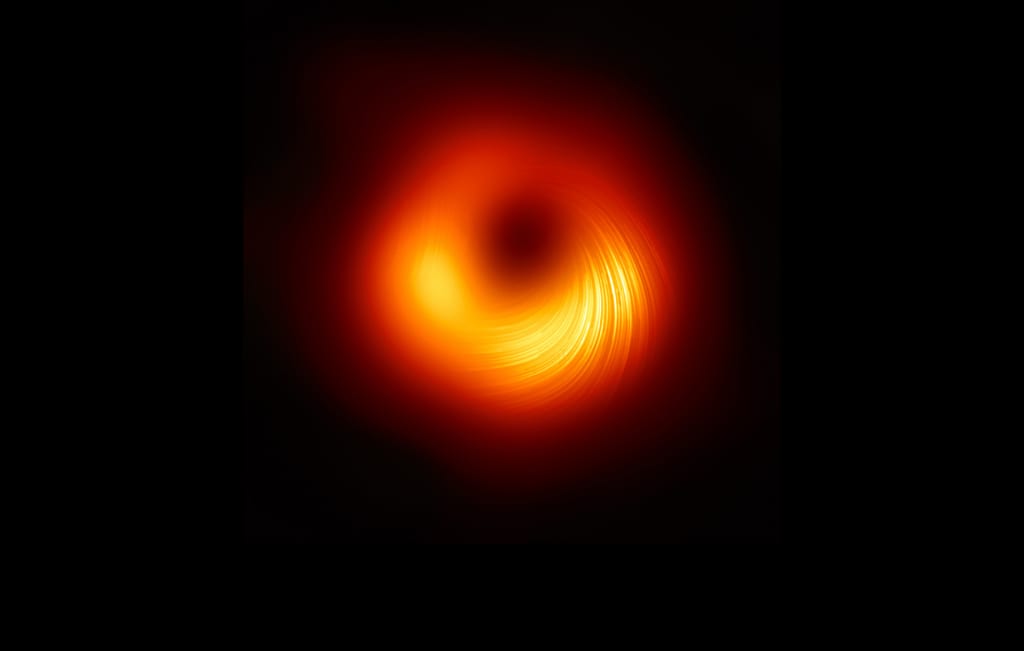
Miniature blackholes
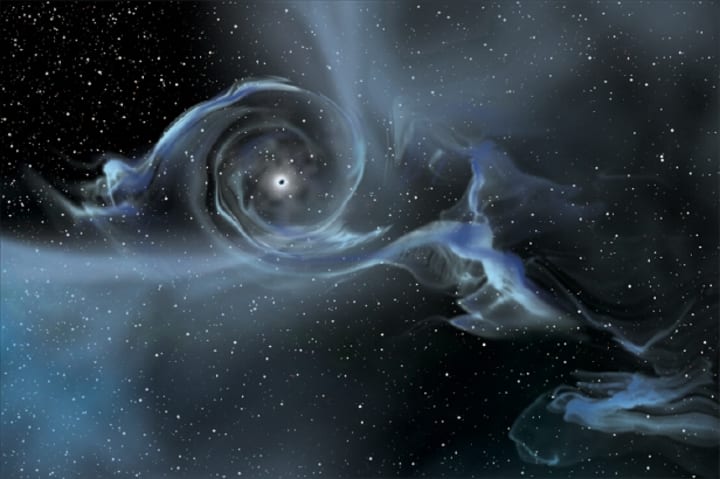
Micro black holes, also called quantum mechanical black holes or mini black holes, are hypothetical tiny black holes, for which quantum mechanical effects play an important role.[1] The concept that black holes may exist that are smaller than stellar mass was introduced in 1971 by Stephen Hawking.
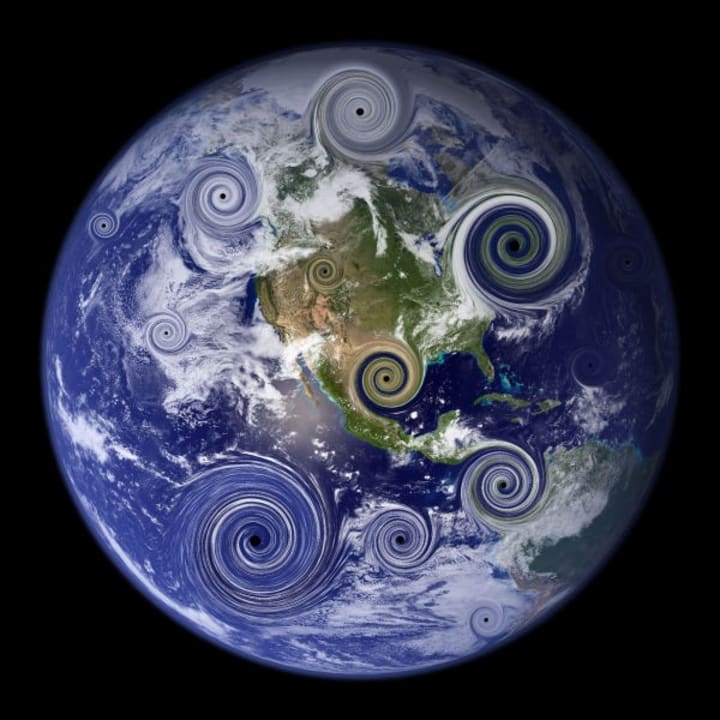
It is possible that such quantum primordial black holes were created in the high-density environment of the early Universe (or Big Bang), or possibly through subsequent phase transitions. They might be observed by astrophysicists through the particles they are expected to emit by Hawking radiation
Stellar blackholes
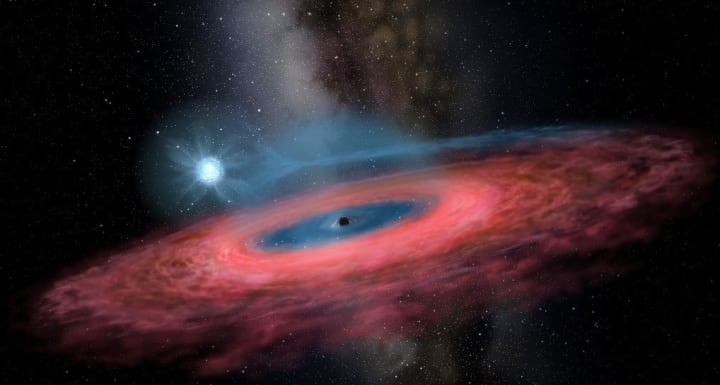
A stellar black hole (or stellar-mass black hole) is a black hole formed by the gravitational collapse of a star. They have masses ranging from about 5 to several tens of solar masses. The process is observed as a hypernova explosion or as a gamma ray burst. These black holes are also referred to as collapsars.The gravitational collapse of a star is a natural process that can produce a black hole. It is inevitable at the end of the life of a large star, when all stellar energy sources are exhausted
Intermidate blackholes
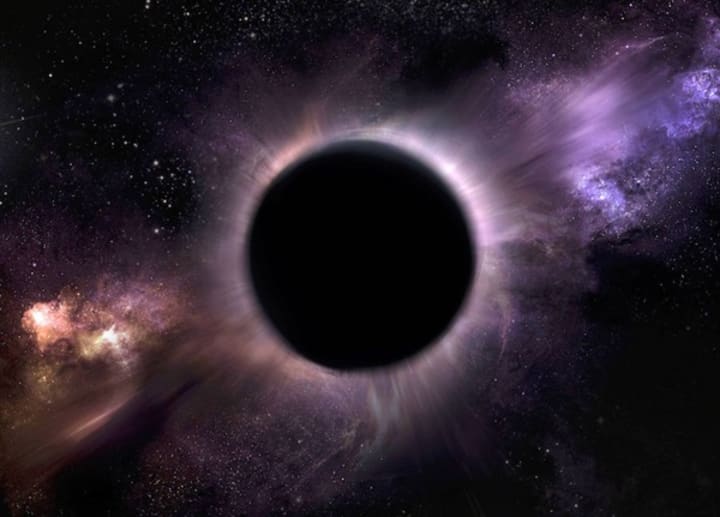
An intermediate-mass black hole (IMBH) is a class of black hole with mass in the range 102–105 solar masses: significantly more than stellar black holes but less than the 105–109 solar mass supermassive black holes
Intermediate-mass black holes are too massive to be formed by the collapse of a single star, which is how stellar black holes are thought to form. Their environments lack the extreme conditions—i.e., high density and velocities observed at the centers of galaxies—which seemingly lead to the formation of supermassive black holes. There are three postulated formation scenarios for IMBHs. The first is the merging of stellar mass black holes and other compact objects by means of accretion. The second one is the runaway collision of massive stars in dense stellar clusters and the collapse of the collision product into an IMBH. The third is that they are primordial black holes formed in the Big Bang
Supermassive blackholes
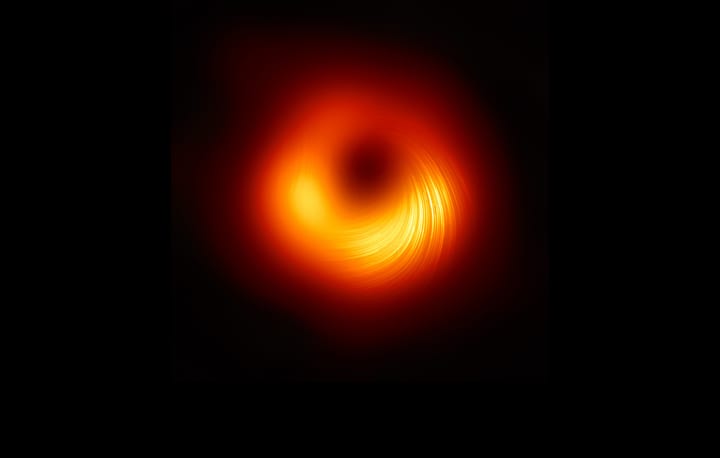
A supermassive black hole (SMBH or sometimes SBH) is the largest type of black hole, with mass on the order of millions to billions of times the mass of the Sun . Black holes are a class of astronomical objects that have undergone gravitational collapse, leaving behind spheroidal regions of space from which nothing can escape, not even light.
The origin of supermassive black holes remains an open field of research. Astrophysicists agree that black holes can grow by accretion of matter and by merging with other black holes. There are several hypotheses for the formation mechanisms and initial masses of the progenitors, or "seeds", of supermassive black holes.One hypothesis is that the seeds are black holes of tens or perhaps hundreds of solar masses that are left behind by the explosions of massive stars and grow by accretion of matter
Using the Event Horizon Telescope, scientists obtained an image of the black hole at the center of the galaxy M87. The black hole is outlined by emission from hot gas swirling around it under the influence of strong gravity near its event horizon .More than 50 million light-years away, in the heart of a giant elliptical galaxy called Messier 87, a gargantuan beast is devouring anything that strays too near. Stars, planets, gas, and dust—not even light escapes the monster’s grasp once it crosses a threshold called the event horizon.
The new image is the stunning achievement of the Event Horizon Telescope project, a global collaboration of more than 200 scientists using an array of observatories scattered around the world, from Hawaii to the South Pole. Combined, this array acts like a telescope the size of Earth, and it was able to collect more than a petabyte of data while staring at M87’s black hole in April 2017. It then took two years for scientists to assemble the mugshot.
i use some content of Wikipedia for my research. hope you found it informative
thanks for reading my blogs 😊
About the Creator
Cosmoclub
Science writer with a passion for exploring the natural world, from the tiniest microorganisms to the vast expanse of space. Fascinated by pets, nature, and the mysteries of the universe.
Enjoyed the story? Support the Creator.
Subscribe for free to receive all their stories in your feed. You could also pledge your support or give them a one-off tip, letting them know you appreciate their work.


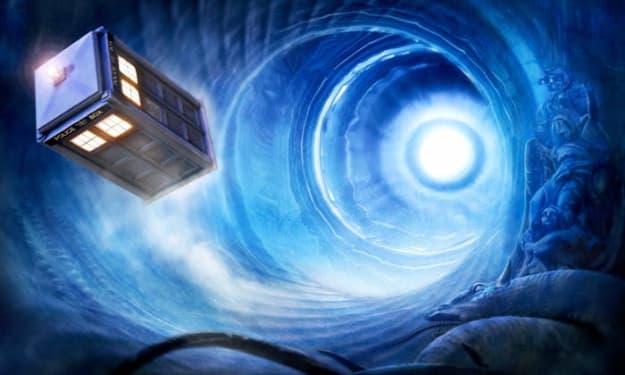

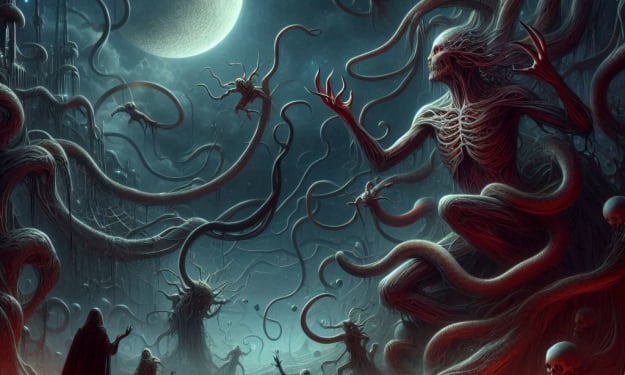

Comments
There are no comments for this story
Be the first to respond and start the conversation.